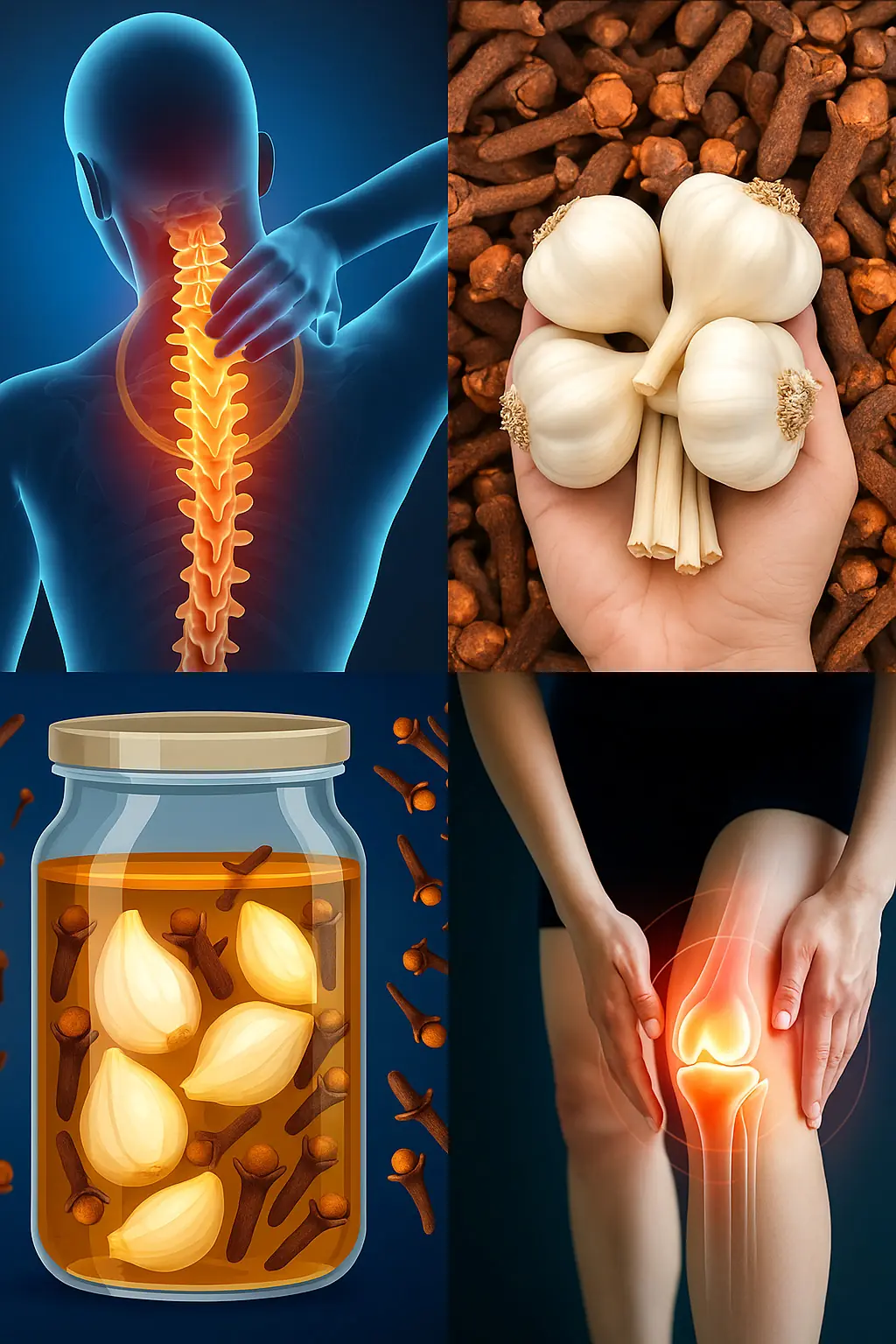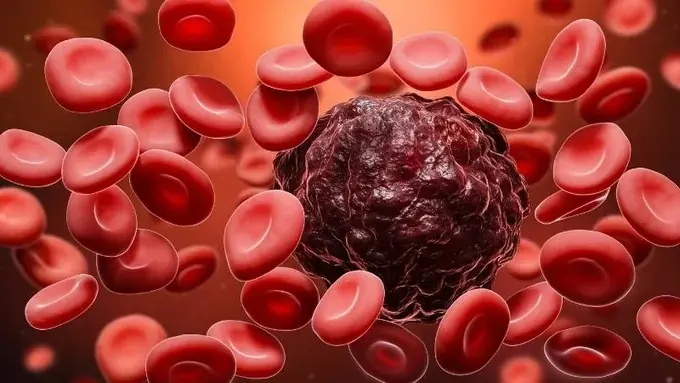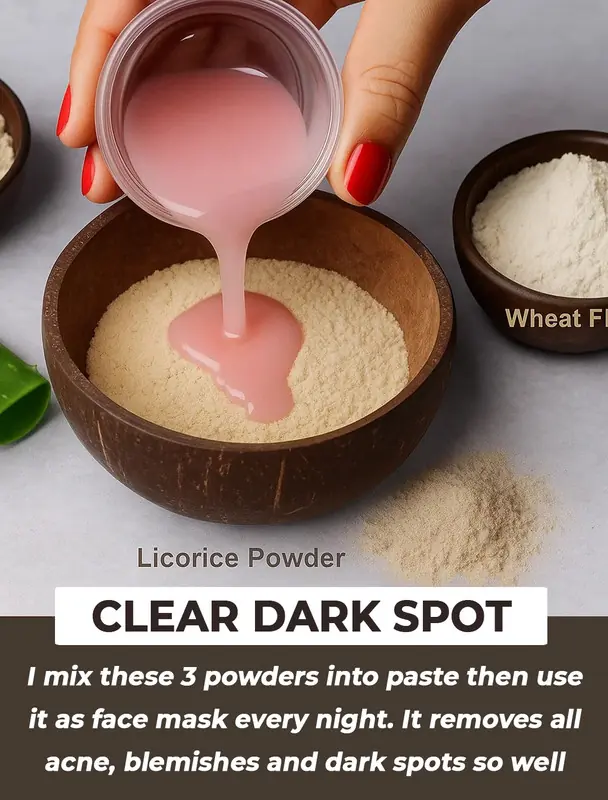
Things Your Pee Is Trying to Tell You

It might sound strange, but every time you visit the bathroom, you have a quick and easy way to check in on your health — simply by looking at your urine.
The color, clarity, and even the foaminess of your urine can reveal a lot about your hydration levels, kidney function, and overall well-being.
By understanding what different urine colors mean, you can often spot early warning signs of dehydration, infection, or even more serious conditions before they progress.
What Color Should Urine Be?
Urine is primarily made up of water, electrolytes, and metabolic waste filtered by your kidneys.
Healthy urine typically ranges in color from colorless or pale yellow to a light honey shade, depending on your hydration level.
-
When you’re well-hydrated, urine appears almost clear or light yellow.
-
When you’re dehydrated, your body conserves water, making the urine darker and more concentrated.
The yellow hue comes from a pigment called urochrome, which results from the breakdown of hemoglobin — the oxygen-carrying protein in red blood cells.
Even small shifts in hydration, diet, or medications can subtly change your urine color, so paying attention to these changes can provide valuable clues about your internal balance.
Urine Colors and What They Mean
Clear (Transparent) Urine
If your urine is completely clear, it might mean you’re drinking too much water.
Although staying hydrated is important, over-hydration can dilute essential electrolytes such as sodium and potassium, leading to imbalances that may cause fatigue, muscle cramps, or headaches.
If your urine remains clear for most of the day, try slightly reducing your water intake or adding electrolyte-rich foods and beverages to your diet.
Pale Yellow to Gold Urine
This is the ideal urine color, indicating proper hydration and healthy kidney function.
Your body is maintaining a balanced water-to-waste ratio, which is exactly what you want.
Keep up your daily fluid intake, but remember that hydration needs can vary depending on your climate, diet, and activity level.
Foamy or Fizzing Urine
Occasionally, you might notice bubbles or foam in your urine — often from urinating quickly or with force.
However, persistent foamy urine can be an early sign of protein in the urine (proteinuria), which may point to kidney damage or disease.
If the foam doesn’t disappear within a few minutes or if it becomes frequent, it’s best to see a doctor for a urine test.
Amber or Honey-Colored Urine
A darker yellow or amber tone is usually a sign of mild dehydration.
When you sweat heavily, exercise intensely, or simply don’t drink enough water, your body produces more concentrated urine.
Fortunately, this color usually fades once you rehydrate adequately.
If you notice this often, it might help to keep a water bottle nearby throughout the day.
Brown Urine
Brown or tea-colored urine can be concerning.
It might signal severe dehydration, liver disease (such as hepatitis or cirrhosis), or the presence of myoglobin, a muscle protein that can appear in the urine after muscle injury.
In rare cases, brown urine could be linked to melanoma, where pigment from skin cells enters the bloodstream.
If drinking more water doesn’t lighten the color, seek medical advice immediately.
White or Milky Urine
Cloudy, white, or milky urine can result from excess minerals such as calcium or phosphate, but it’s often a sign of a urinary tract infection (UTI) or kidney problem.
If this happens frequently, especially if accompanied by pain, fever, or burning, visit a healthcare professional for testing.
Orange Urine
An orange tint may appear when you’re dehydrated, but it can also signal a liver or bile duct issue.
Certain foods — like carrots, sweet potatoes, or vitamin C supplements — and medications, such as rifampin or phenazopyridine (used for urinary discomfort), can also turn urine orange.
If it persists after rehydration, it’s worth checking your liver function.
Pink or Reddish Urine
A reddish hue can sometimes be harmless, caused by eating beets, blueberries, or rhubarb.
However, if you haven’t eaten these foods, blood in the urine (hematuria) could be the culprit — a possible indicator of kidney stones, infection, or even bladder or kidney cancer.
Other potential causes include prostate issues, lead or mercury poisoning, or vigorous exercise.
If the color doesn’t normalize quickly, contact your doctor.
Black Urine
Though rare, black urine is a serious warning sign.
It can result from certain medications (like antimalarials), phenol or copper poisoning, or from melanuria, a condition linked to advanced melanoma.
If your urine appears black, seek emergency medical care immediately.
Green or Blue Urine
Green or blue urine is unusual but not always alarming.
It may result from food dyes, vitamin supplements, or medications such as amitriptyline or indomethacin.
Sometimes, a bacterial infection (like Pseudomonas) or a genetic disorder that affects pigment metabolism can also cause this tint.
If the discoloration appears without an obvious cause and doesn’t resolve within a day or two, consult your doctor.
When to See a Doctor
While occasional urine color changes are usually harmless, certain patterns should never be ignored.
You should seek medical evaluation if you experience:
-
Persistent red, brown, black, milky, or foamy urine
-
Pain, burning, or discomfort while urinating
-
A strong odor or cloudy appearance accompanied by fever or back pain
-
Unexplained, frequent changes in urine color lasting more than a few days
These symptoms could signal issues like infection, liver disease, kidney damage, or metabolic disorders that require prompt treatment.
Tips for Healthy Urine and Hydration
-
Drink enough fluids — most adults need 6–8 glasses of water per day, but more if you’re active or in hot weather.
-
Limit sugary or caffeinated drinks, which can dehydrate you.
-
Eat water-rich foods such as cucumbers, oranges, and watermelon.
-
Monitor medication side effects that may change urine color.
-
Maintain good hygiene to prevent urinary tract infections.
The Bottom Line
Your urine is like a natural health indicator — a quick and easy reflection of what’s happening inside your body.
Small color changes can signal simple things like hydration level, while more dramatic shifts may reveal deeper issues with your kidneys, liver, or urinary tract.
By staying attentive to your body’s signals and drinking enough water daily, you can help keep your urinary system — and your overall health — in balance.
Remember: If in doubt, always check it out. A simple urine test can provide critical insights long before symptoms become serious.
News in the same category


Vegetables for people with diabetes need to know

The #1 food for toxic kidneys

Top 3 Vitamins for Hip Arthritis – Say Goodbye to Hip Pain

Garlic & Cloves: The Natural Remedy for Varicose Veins and Circulation

5 foods that heal your body and STARVE cancer—eat these now!

Diagnosed With Terminal Cancer That Spread to Her Brain, the Woman Broke Down in Tears After Learning the “Culprit” Came From Her Own Family

The Impressive Health Benefits of Guava Fruit and Leaves & How to Eat Guava (Evidence Based)

Do You Wake Up With Numb or Tingling Hands? Here's What Your Body Is Trying to Tell You

How to Control Blood Sugar Levels with a Boiled Egg

I started adding chia seeds to my breakfast every day — and within a week, I noticed some surprising changes

4 powerful vitamins that help protect you from cancer—start today!

What Happens When You Take 1 TBSP of Apple Cider Vinegar For 60 Days

The #1 Food to Unclog Your Arteries Naturally

What Your Feet Can Reveal About Your Blood Pressure, Thyroid, and Arthritis Risk

How To Use Coconut Oil On Your Hair To Prevent Graying, Thinning, And Hair Loss

Dark chocolate and tea found to significantly lower blood pressure

13 best ways to stop bone loss before it’s too late!
News Post

S:ida Acuta: Exploring the Healing Properties of this Herbal Remedy

DIY Flaxseed Collagen Night Gel for Hydration and Rejuvenation

10-Day Licorice Treatment for Dark Spots: Fade Pigmentation and Achieve Glowing Skin Naturally

Easy Recipe to Make ABC Collagen Ice Cubes at Home: The Secret to Glowing, Firm Skin

2 Mins Black Shampoo For Grey Hair

Why this doctor refuses to prescribe statins for high cholesterol

The 'divine' secret to frying

Why do we have to leave our phone face down on the table when we are not using it?

Hanging a towel on the door handle before bed: Unexpected benefits but few people know

Tips for conditioning your hair with over-cooked bamboo shoots

Treat premature gray hair thanks to the black dye formula

What Are These Strange Black Dots In Your Kitchen

Magic Eraser can be used for almost anything, but here's what you didn't know

Wrong understanding turns water purifiers into diseases, remove them immediately to avoid harming the whole family

Vegetables for people with diabetes need to know

The #1 food for toxic kidneys

The house is full of dust even though it is cleaned regularly

Top 3 Vitamins for Hip Arthritis – Say Goodbye to Hip Pain

Pour hot water over the apple
